Every Best Visual Effects Oscar Winner of the 21st Century, Ranked
When we think of movies with lots of visual effects, it’s easy and understandable to just think of something like a Transformers movie that douses the screen in CG without much rhyme or reason. But there are plenty of modern motion pictures out there that use visual effects in an effective and more thought-provoking manner. Many of these productions have been recognized in the Best Visual effects category at the Academy Awards throughout the 21st century.
In this century, there have been 21 victors in this category. Ranking the visual effects in these movies from worst to best, one can see some truly puzzling winners whose VFX already looked outdated when they were first released. However, there is also a slew of winners that demonstrate the ways visual effects can be used for greater means than just blowing up cities. In examining the highs and lows of modern Oscar winners for Best Visual Effects, it becomes easy to appreciate the finer nuances of what it means to use these tools properly and the craftsmanship that goes into the best visual effects work.
21. The Golden Compass (2007 Winner)

It’s easy to forget, but The Golden Compass scored a Best Visual Effects win at the Academy Awards, ensuring that this forgotten 2007 dud somehow has more Oscars than all the combined movies of Lynne Ramsay. It’s not the low quality of the overall Golden Compass film that makes this a baffling victory, the film’s visual effects just aren’t all that impressive. The CG polar bears don’t have much weight to them, for example, and barely look better than what you’d find in a Coca-Cola ad.
20. The Curious Case of Benjamin Button (2008 Winner)
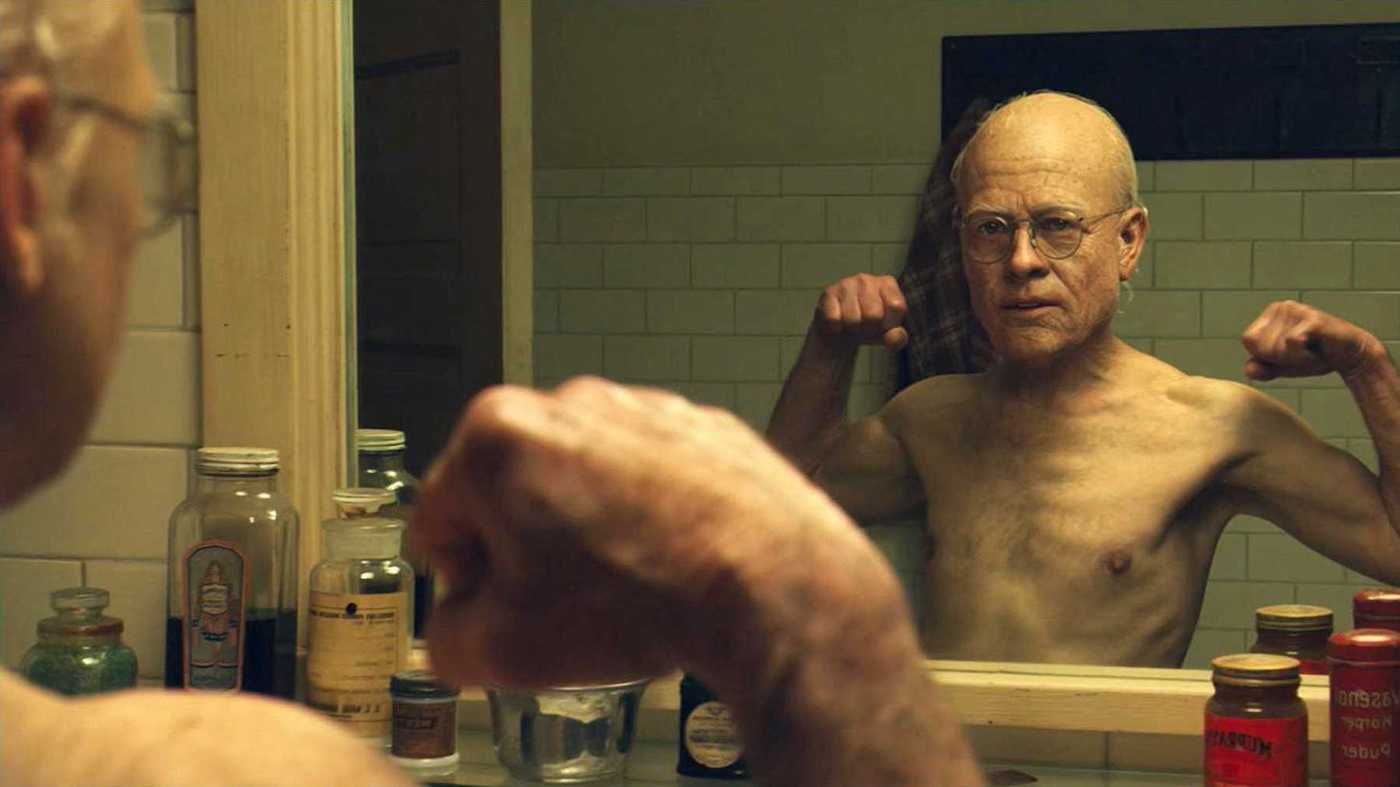
Digitally de-aging actors is a tough nut to crack but that didn't stop this Oscar-winner from trying. The Curious Case of Benjamin Button used CGI to age up and age down its titular lead character, portrayed by Brad Pitt, and his love interest played by Cate Blanchett. The widespread use of digital de-aging here is especially underwhelming when it’s used for scenes that could easily be accomplished with real actors, like an encounter with Benjamin Button when he looks like he’s 10 years old. As a result, scenes in Benjamin Button meant to be emotionally tender just look like abandoned moments from The Polar Express.
19. Gladiator (2000 Winner)
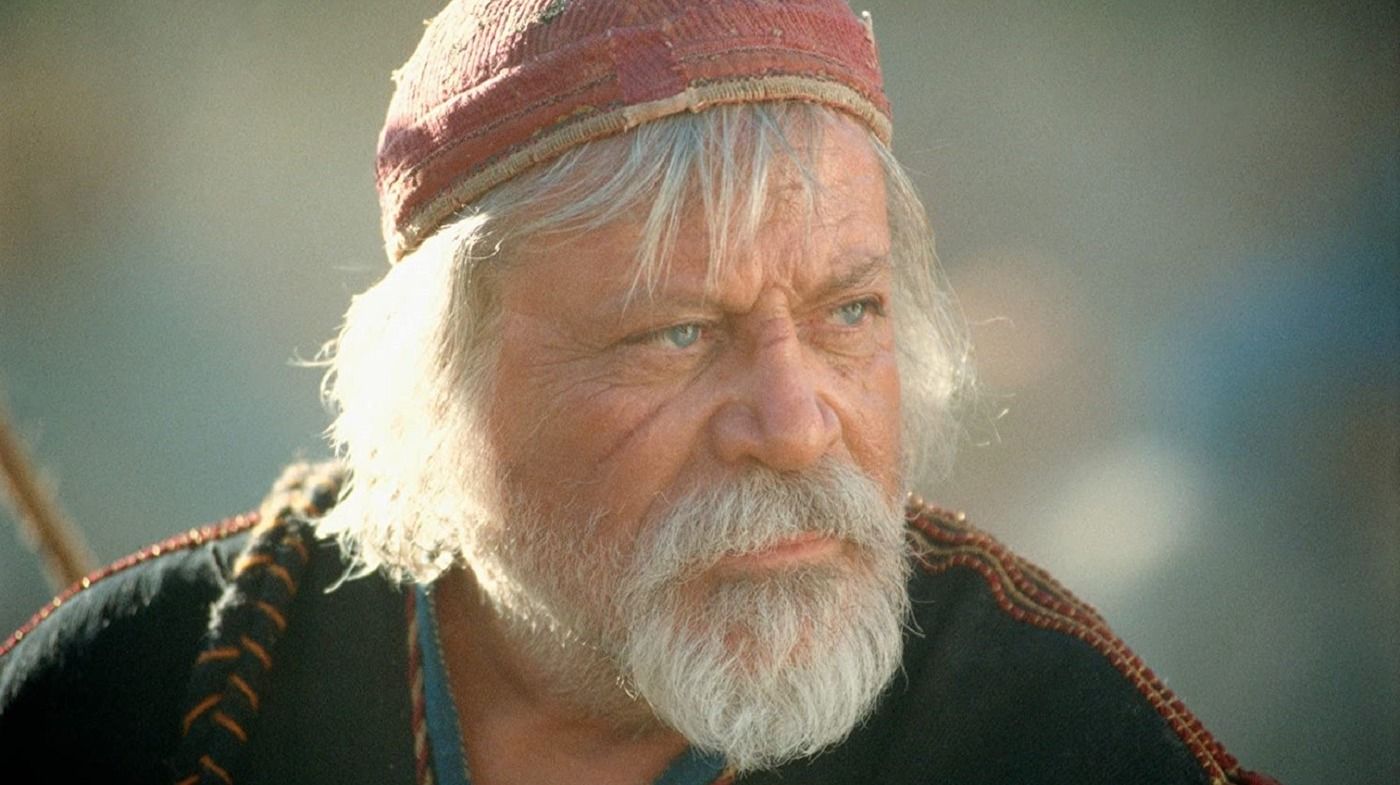
Beating out Hollow Man and The Perfect Storm for this trophy, Gladiator is a competent but not especially outstanding Best Visual Effects victor. An over-reliance on digital environments and extras has ensured that many scenes haven’t aged particularly well. The most commendable instance VFX here are the tools used to finish up Oliver Reed’s performance after he tragically passed away during production.
18. King Kong (2005 Winner)
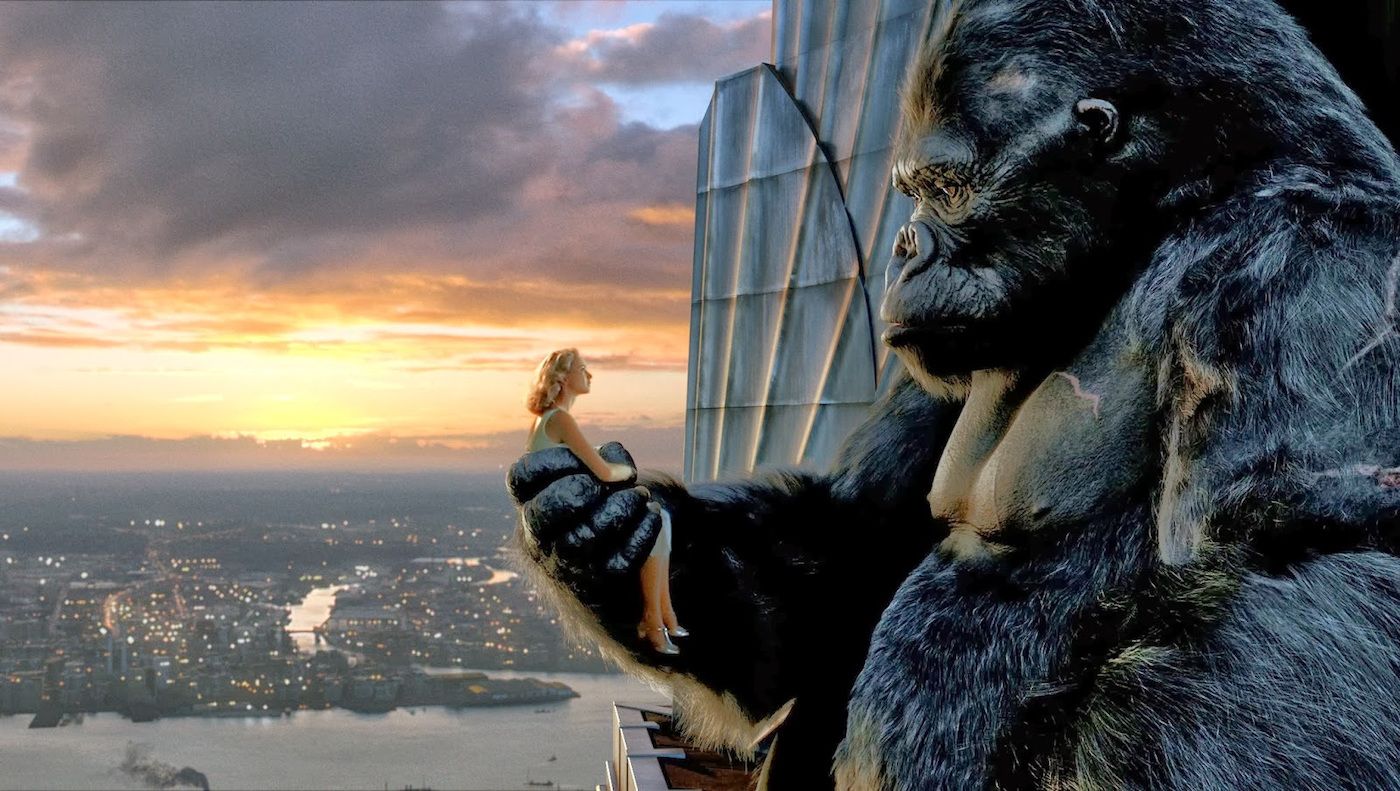
The work used to realize Andy Serkis’s motion-capture performance as the titular gorilla in King Kong is still remarkable today, no doubt about it. Unfortunately, even circa. 2005, other parts of King Kong are far shakier, particularly the heavy use of CG backgrounds that occasionally make Skull Island look like a screensaver. A big set piece where human beings are trying not to get trampled during a dinosaur stampede especially gets undercut by this flaw.
17. Tenet (2020 Winner)
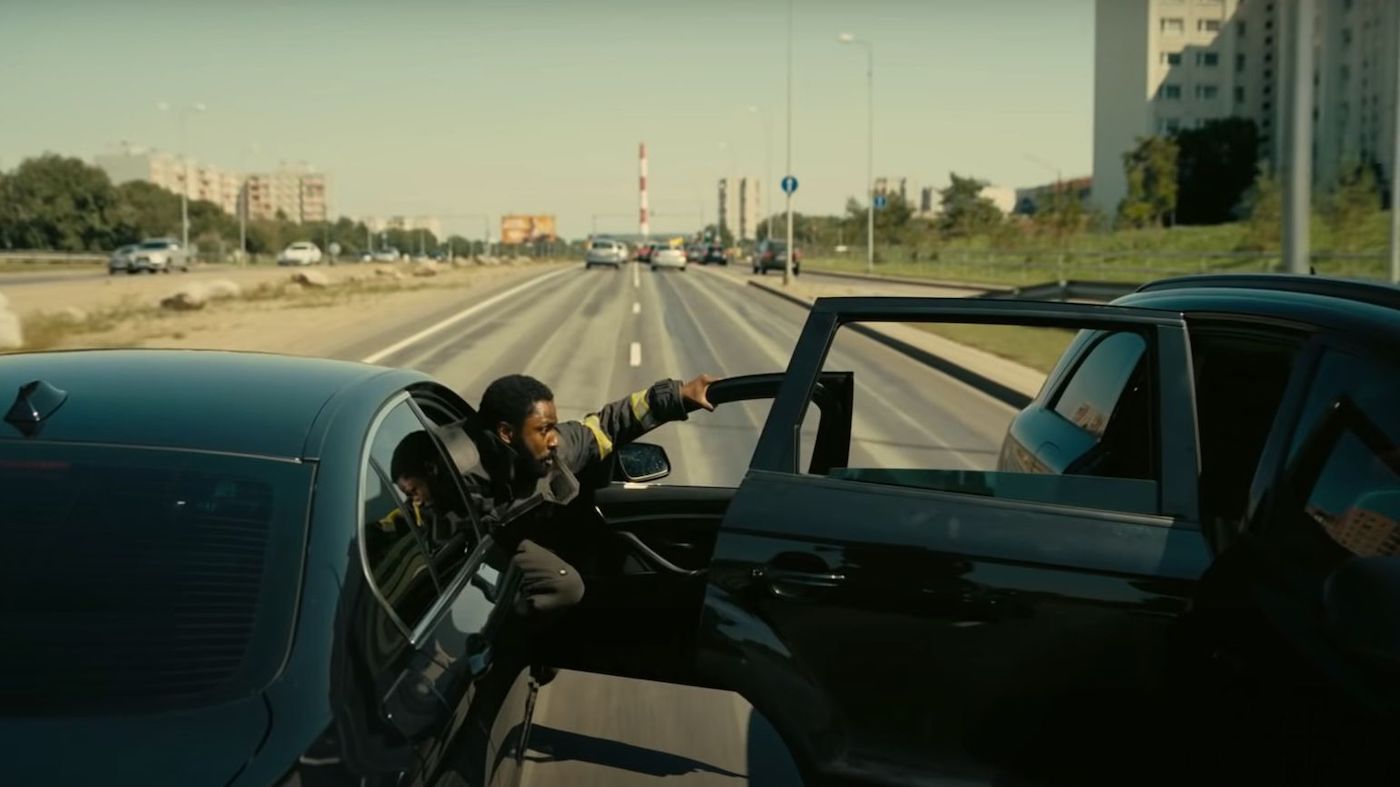
The 93rd Academy Awards, recognizing the fractured year of cinema that was 2020, will always be considered an oddball ceremony. In the middle of so many firsts responding to an unprecedented health crisis, a reliable element emerged in another Christopher Nolan movie, Tenet, scoring a Best Visual Effects Oscar win. The movie’s not a game-changer in terms of VFX, but it does have its nifty moments, particularly in the small details like the wizardry used to render water and debris floating backward.
16. 1917 (2019 Winner)
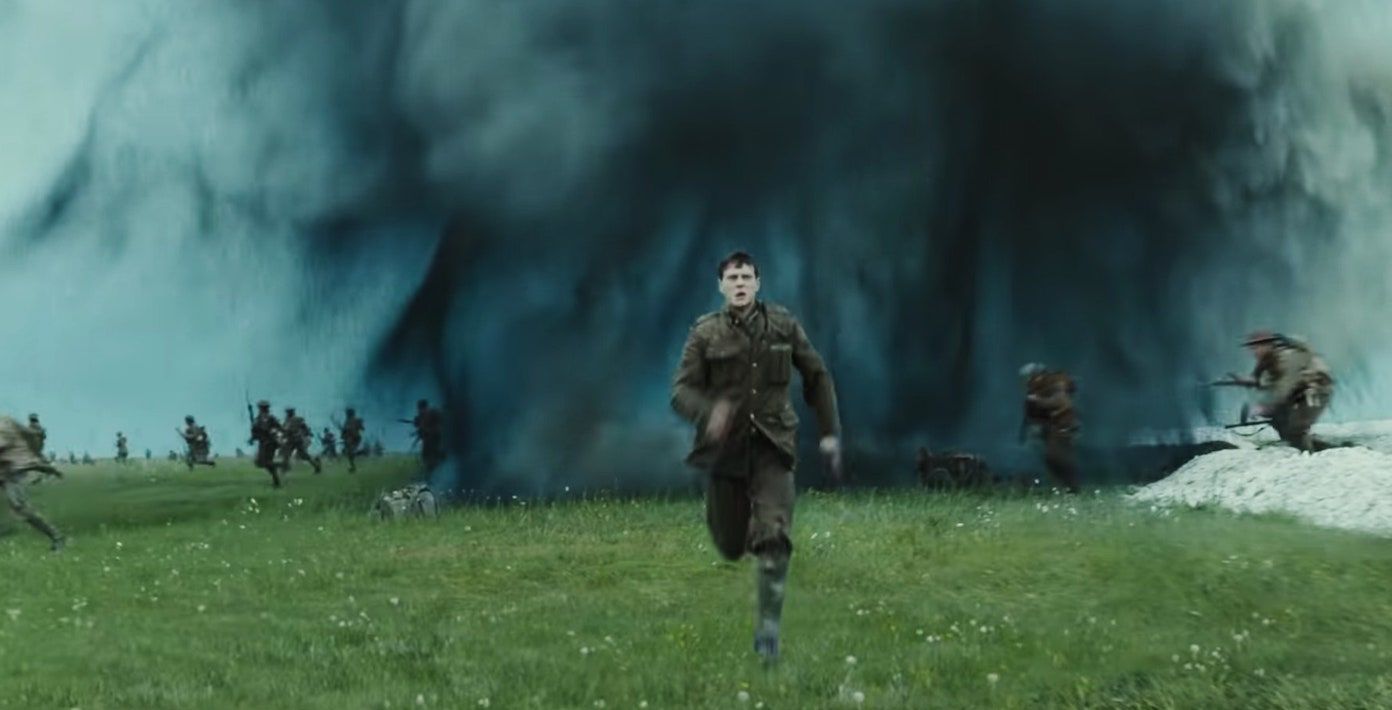
Not as flashy as many Best Visual Effects winners in the modern era, 1917 still managed to impress thanks to the techniques used to ensure continuity across its story told largely in one-take. The practical effects used to recreate World War I battlefields are similarly impressive. It may not have had the absolute best effects among the Best Visual Effects nominees at the 92nd Academy Awards (that honor goes to The Irishman), but 1917 is far from an unworthy winner.
15. Life of Pi (2012 Winner)

It’s not the most visually stunning Ang Lee directorial effort, but Life of Pi still deserves praise for its ground-breaking effects work in bringing to life photorealistic CG animals. The Tiger named Richard Parker looked like an actual living, breathing creature and not just a dead-eyed creation that constantly reminded you of his artificiality. Combine that with the beautiful stylized imagery that could only be accomplished through the magic of visual effects and you’ve got a solid winner in this category.
14. Hugo (2011 Winner)
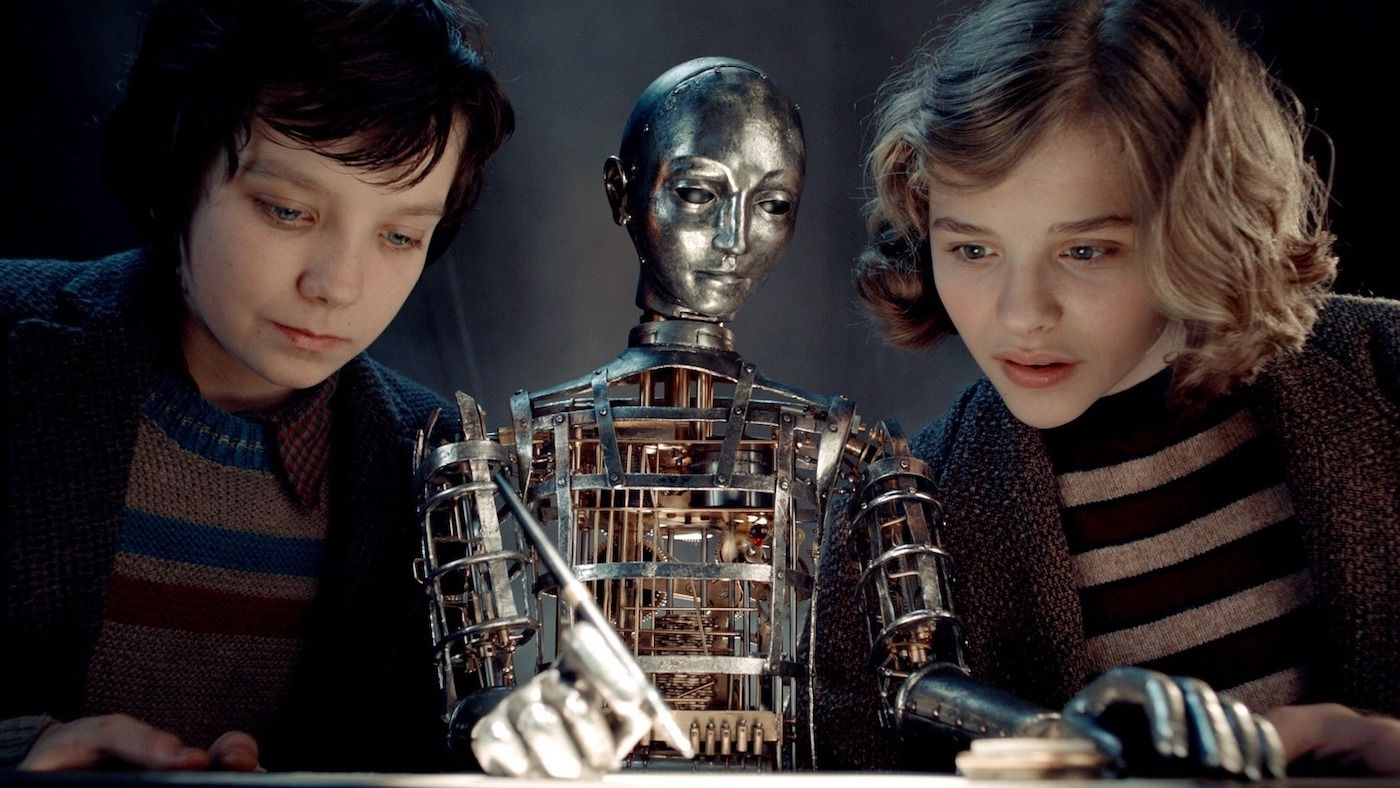
Far from the splashiest winner in the Best Visual Effects category in recent years, Hugo’s victory here is welcome not only because of the quality of its VFX but because of its tone. So many Best Visual Effects winners use ground-breaking tools for tonally bleak ends. There’s nothing wrong with such stories, but well-polished, light-hearted pictures like Hugo, which uses its various VFX tools for a whimsical kid-friendly adventure, also deserve time in the spotlight. Visual effects can be used in so many means and Hugo reinforces that nicely.
13. Interstellar (2014 Winner)
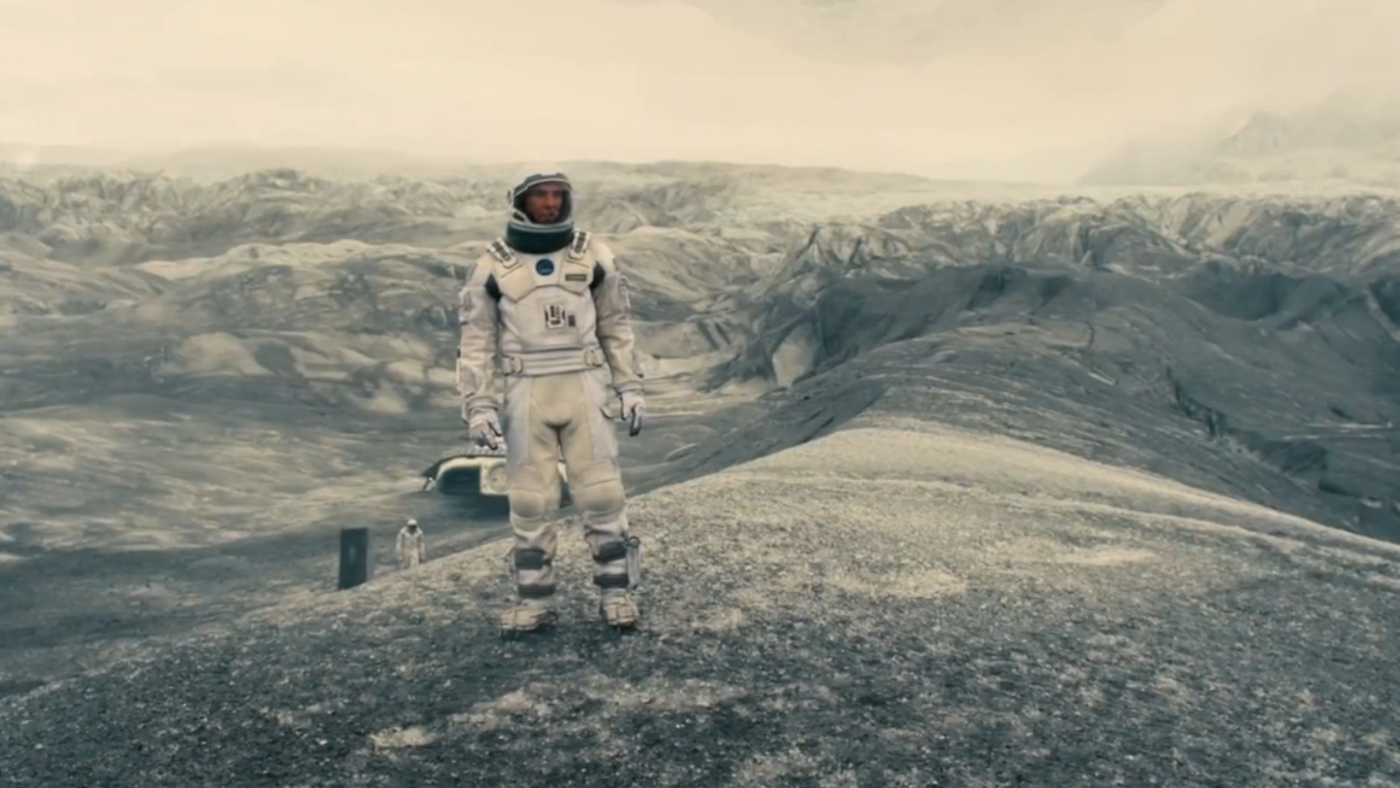
While Christopher Nolan’s first big-budget exercises were defined by gritty realism, going to the cosmos with Interstellar allowed the filmmaker to embrace truly outlandish landscapes realized through impressive visual effects work. Planets consisting of just oceans or chilly jagged surfaces look absolutely tremendous and convey a tangible alien-like quality. Best among the visual effects feats here, though, is the practical on-set work done to realize the charming robot character TARS.
12. Avatar (2009 Winner)

Get all your Dances with Wolves/Smurfs jokes out of the way, there’s still no denying how impressive the motion-capture work (save for some spotty translations of actors like Sigourney Weaver into their Na’vi forms) and detailed the CG world of Pandora is in Avatar. Thanks to the work done by artists at visual effects houses like Weta Digital, alien planets have rarely felt this tangible.
11. Blade Runner 2049 (2017 Winner)
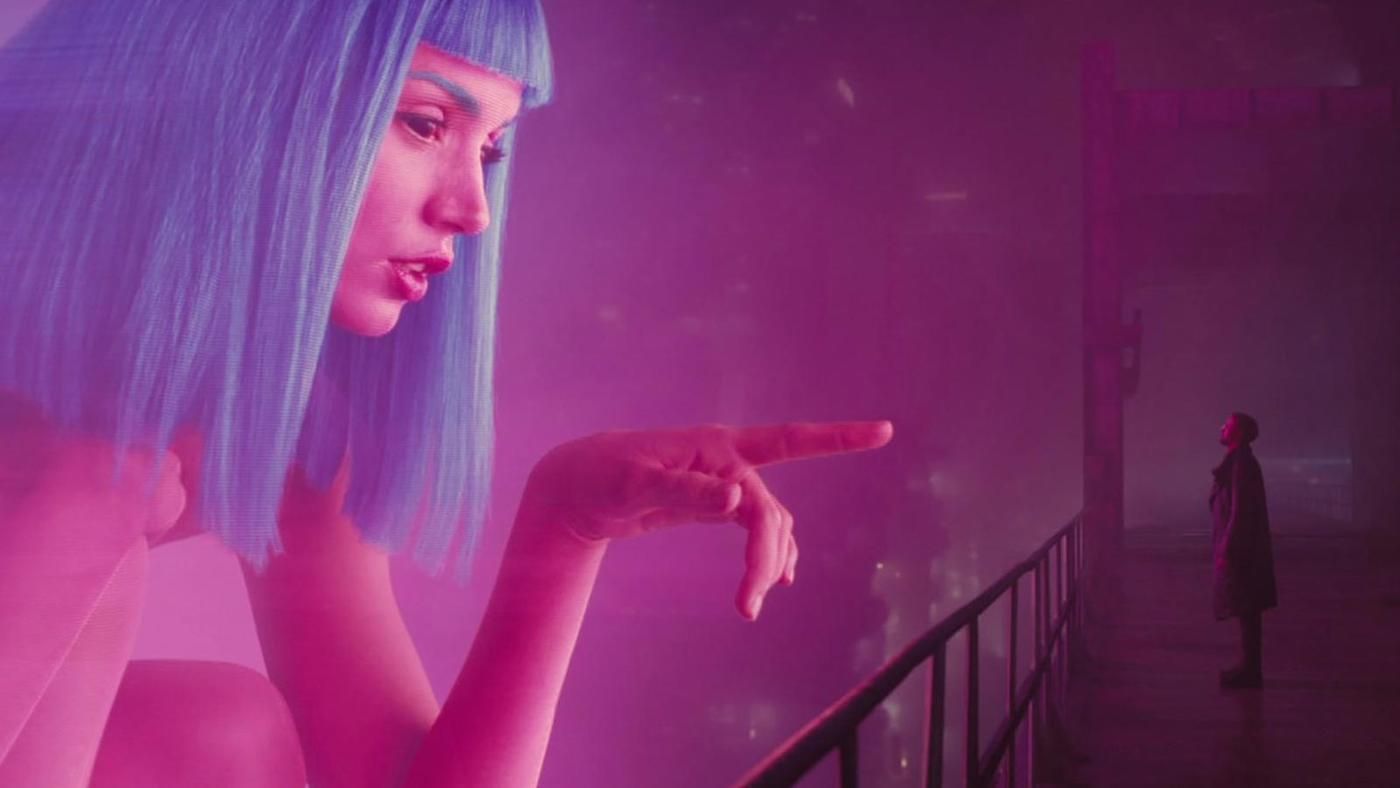
Given how the original Blade Runner was a landmark movie for visual effects and depictions of dystopian near-future landscapes in 1982, it shouldn’t be a surprise that Blade Runner 2049 arrived on the scene in 2017 with its own remarkable visual effects feats. While the VFX team here did a remarkable job realizing run-down futuristic cities, some of the most impressive parts of Blade Runner 2049 are in the subtle details, like the tiny reminders that Joi is a holographic being or the miniatures used to represent futuristic buildings.
10. First Man (2018 Winner)
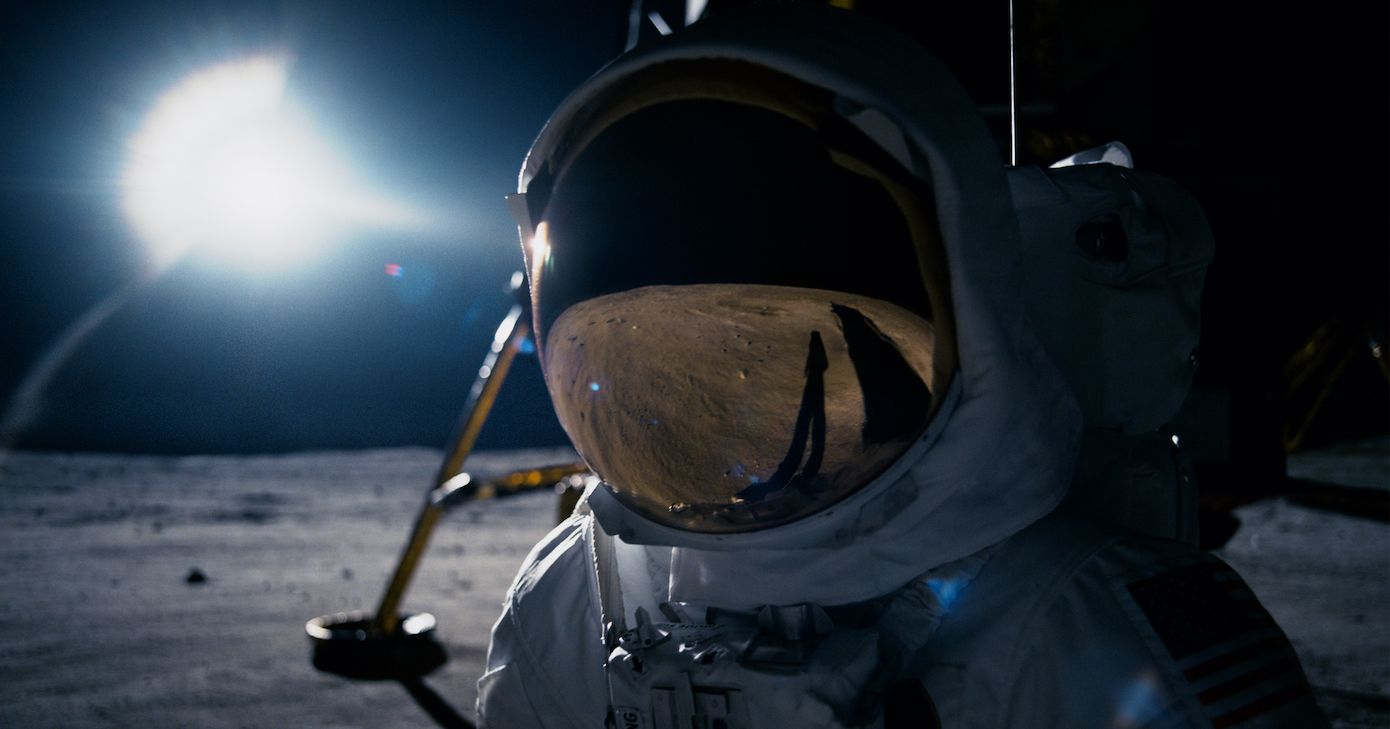
The most recent iterations of the Academy Awards ceremony have seen a series of smaller-scale films rather than big-budget titles scoring Best Visual Effects trophies. Case in point: Damien Chazelle’s mid-budget movie First Man. Though it didn’t carry an Avengers-sized budget, First Man employed truly revolutionary visual effects techniques that included eschewing green screen work in favor of simulators and LED screens that projected beautiful cosmic sights for the actors to engage with.
9. The Lord of the Rings: The Two Towers (2002 Winner)
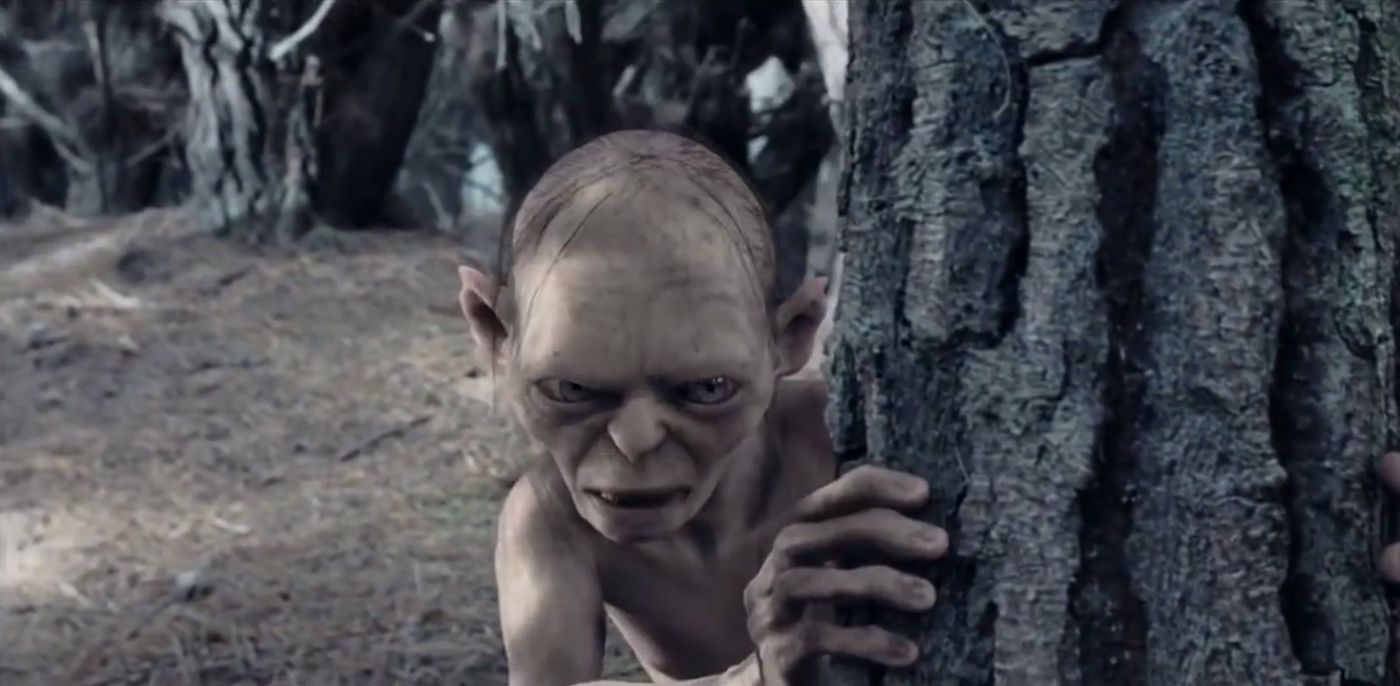
All three Lord of the Rings movies won the Best Visual Effects Oscar at their respective Academy Award ceremonies and for good reason, they still hold up as extraordinary when it comes to VFX. The Two Towers may be the weakest of the bunch just because of some less fluid merging between green-screen work and live-action components, but it’s still largely a wonder to behold in the VFX department. Just the work done to realize Gollum alone…
8. Spider-Man 2 (2004 Winner)
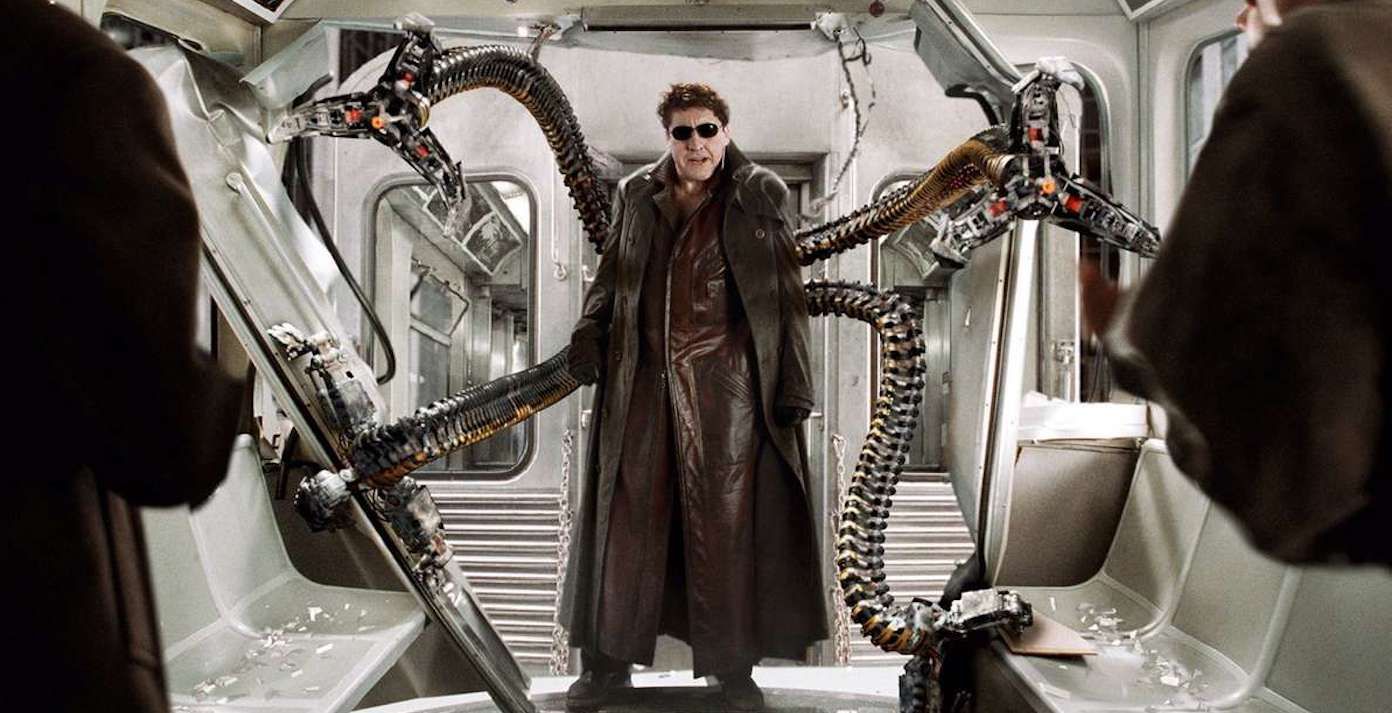
Spider-Man 2 is still the only Marvel Comics movie adaptation to win a Best Visual Effects Oscar and there’s a reason for that. Even with a $200 million budget at his disposal, director Sam Raimi didn’t just indulge in expensive CGI for the big action set pieces here. Practical effects work was used to help realize critical elements like Doc Ock’s tentacles, resulting in a blend of old and new VFX techniques that ensures Spider-Man 2 can still dazzle like few other superhero films today.
7. The Jungle Book (2016 Winner)
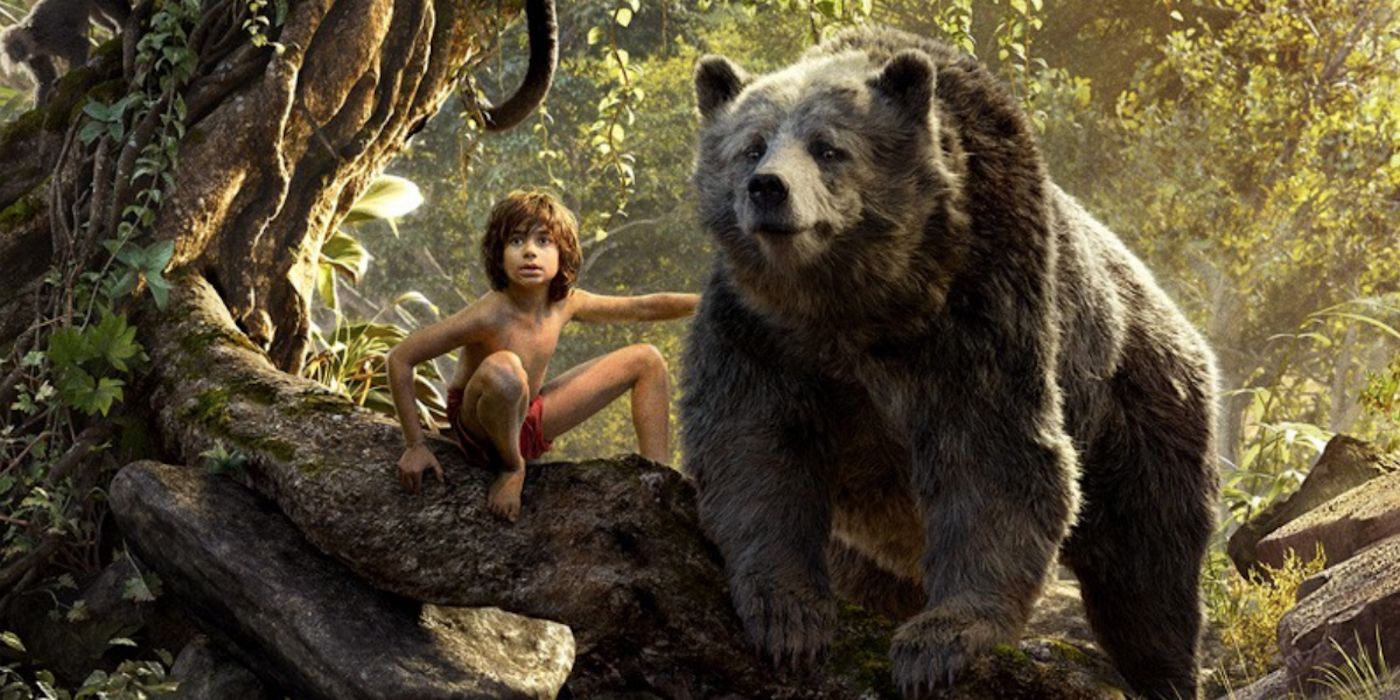
Jon Favreau’s adherence to photorealism when it comes to talking CG animals proved aggravating on his Lion King remake. But before that film, his 2016 take on The Jungle Book hit a sweet spot in creating digital critters that looked like actual wild animals while also carrying just enough anthropomorphizing. Of course, the way live-action lead actor Neel Sethi looked like he was wandering through the jungles of India alone despite actually being on a soundstage, that achievement alone justified The Jungle Book’s devotion to realistic CGI.
6. Ex Machina (2015 Winner)
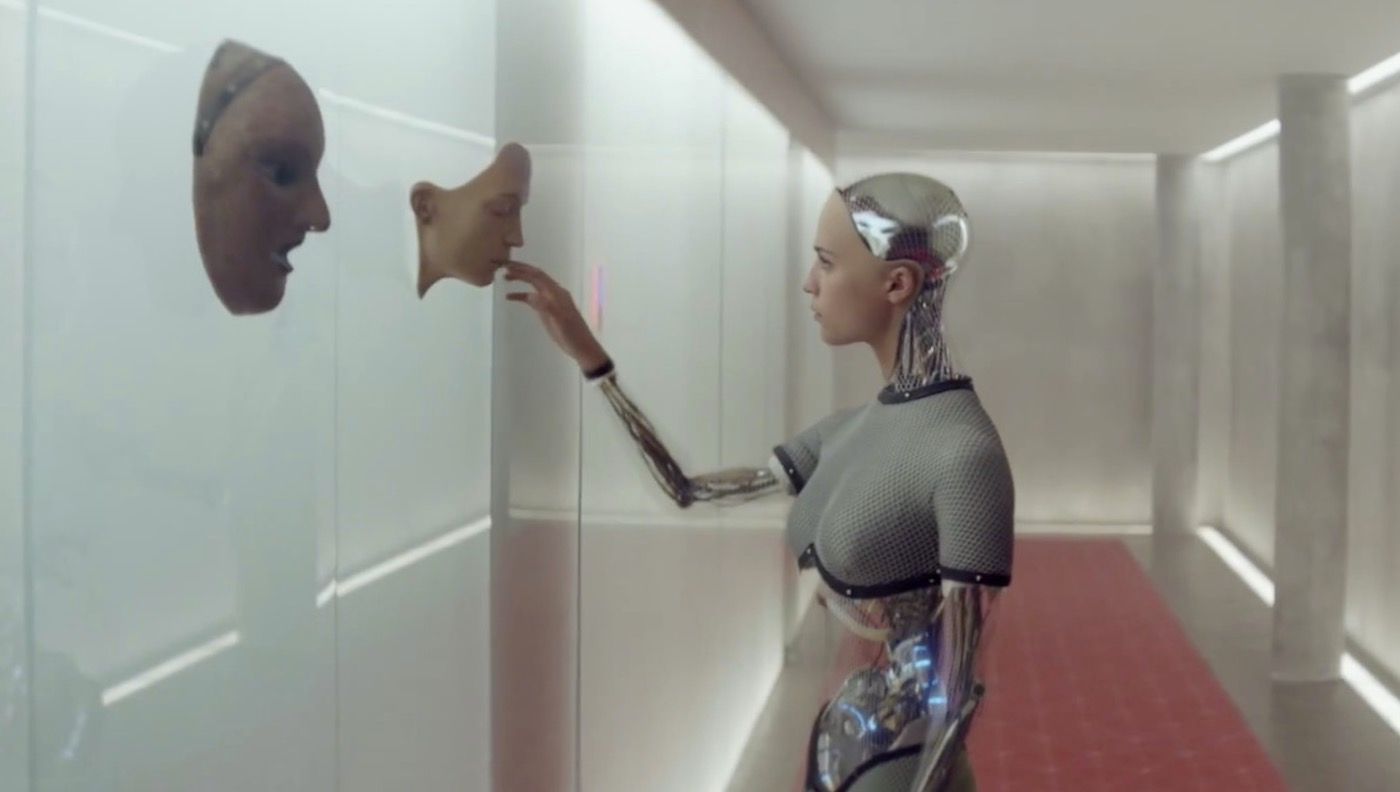
How did a low-budget A24 movie like Ex Machina manage to beat out Mad Max: Fury Road and other blockbusters in the Best Visual Effects category? By delivering outstanding and seamless work that made it look like artificial intelligence was waltzing around on the screen. Blending Alicia Vikander’s performance with VFX this good resulted in one of the best surprise winners in this category of the 21st century.
5. Inception (2010 Winner)
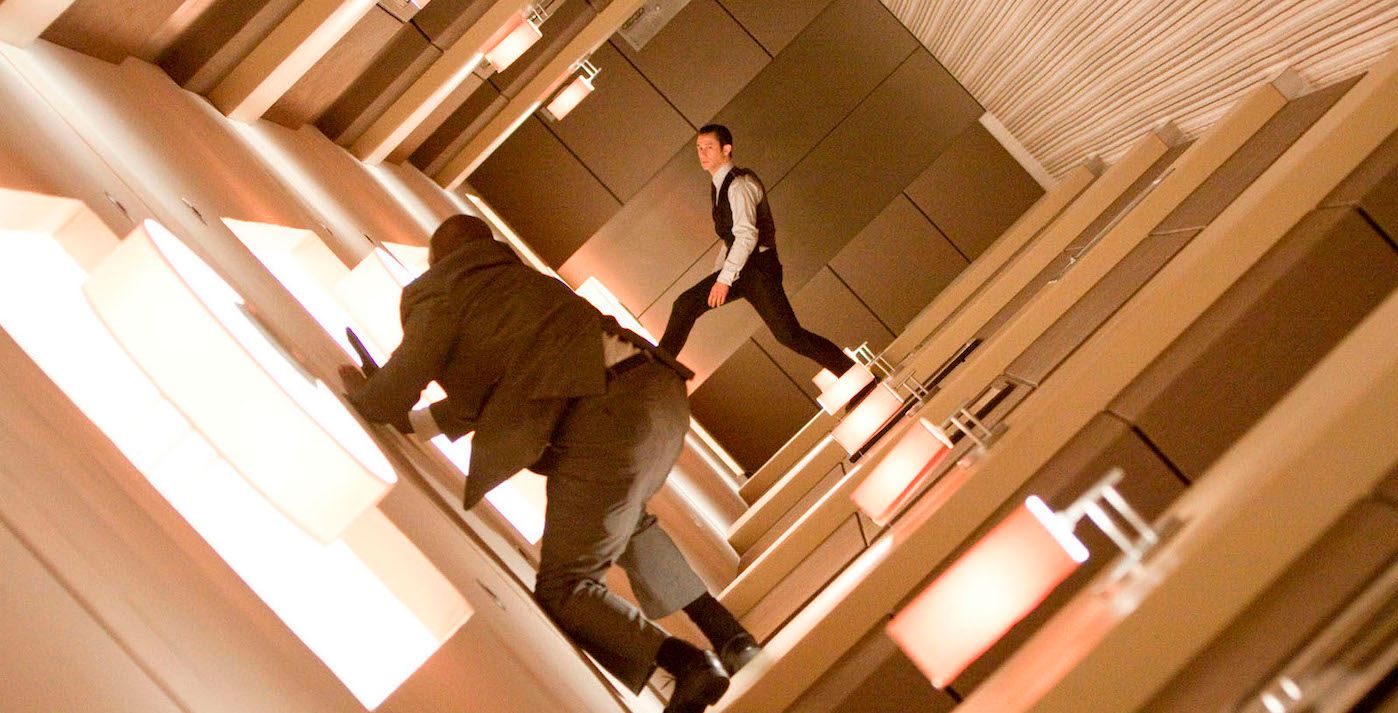
Rarely has a movie so accurately captured the kind of oddball sights one encounters in a dream as Inception. This feat was accomplished through dazzling visual effects trickery that included largely practical means of rendering set pieces like a zero-gravity fight in a hotel hallway. Through Inception’s willingness to embrace both outlandish imagery (like buildings folding in on themselves) and a variety of VFX techniques, the movie became (literally) a dream come true.
4. Gravity (2013 Winner)
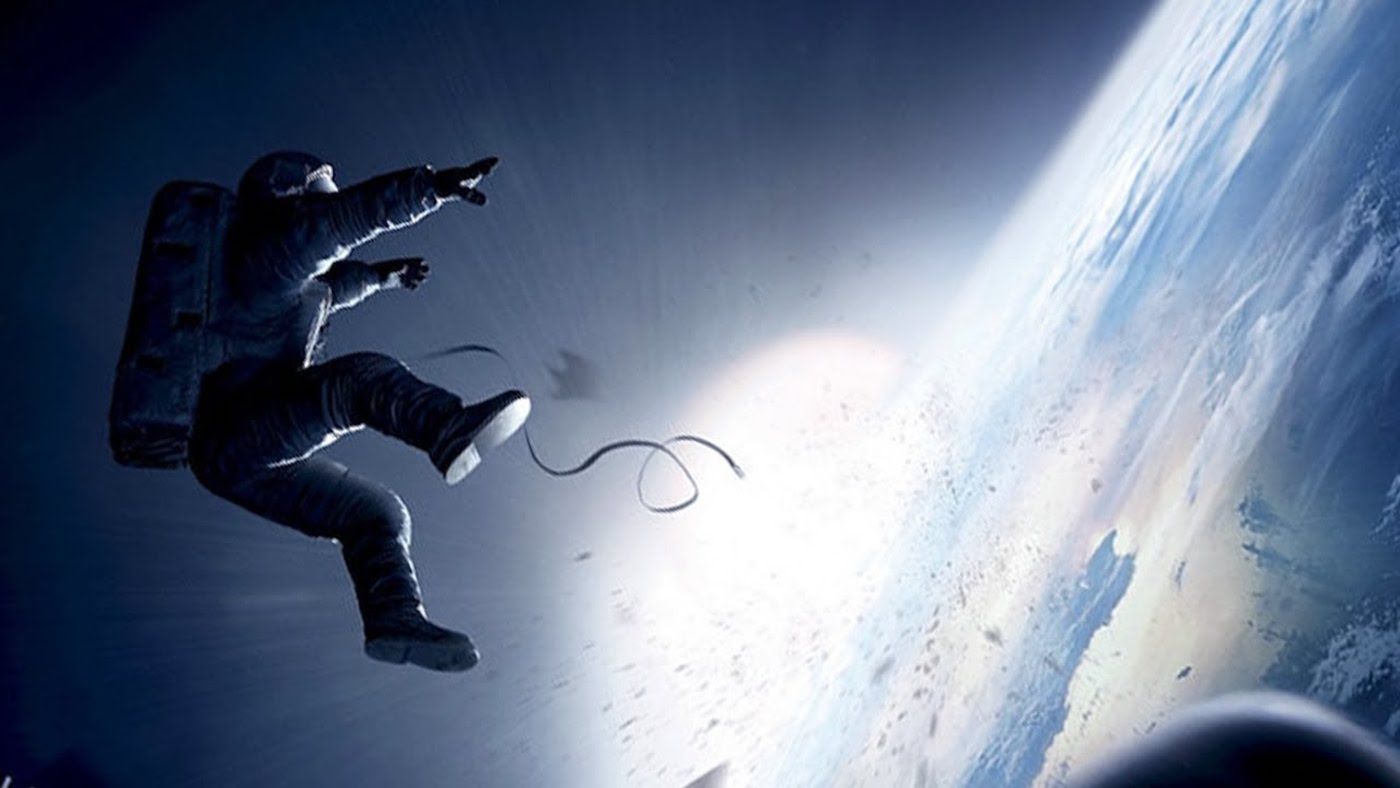
It can be startling to realize that about 80% of Gravity is fully animated, enough to ensure that it could have qualified for the Best Animated Feature Oscar category. It’s overwhelming to comprehend thanks to how lifelike the CG is and how well director Alfonso Cuaron, thanks to his mastery of the visual effects elements, immerses viewers in a determined trip home. The VFX of Gravity always feels rooted in the real world even as it takes place entirely among the stars.
3. Pirates of the Caribbean: Dead Man’s Chest (2006 Winner)
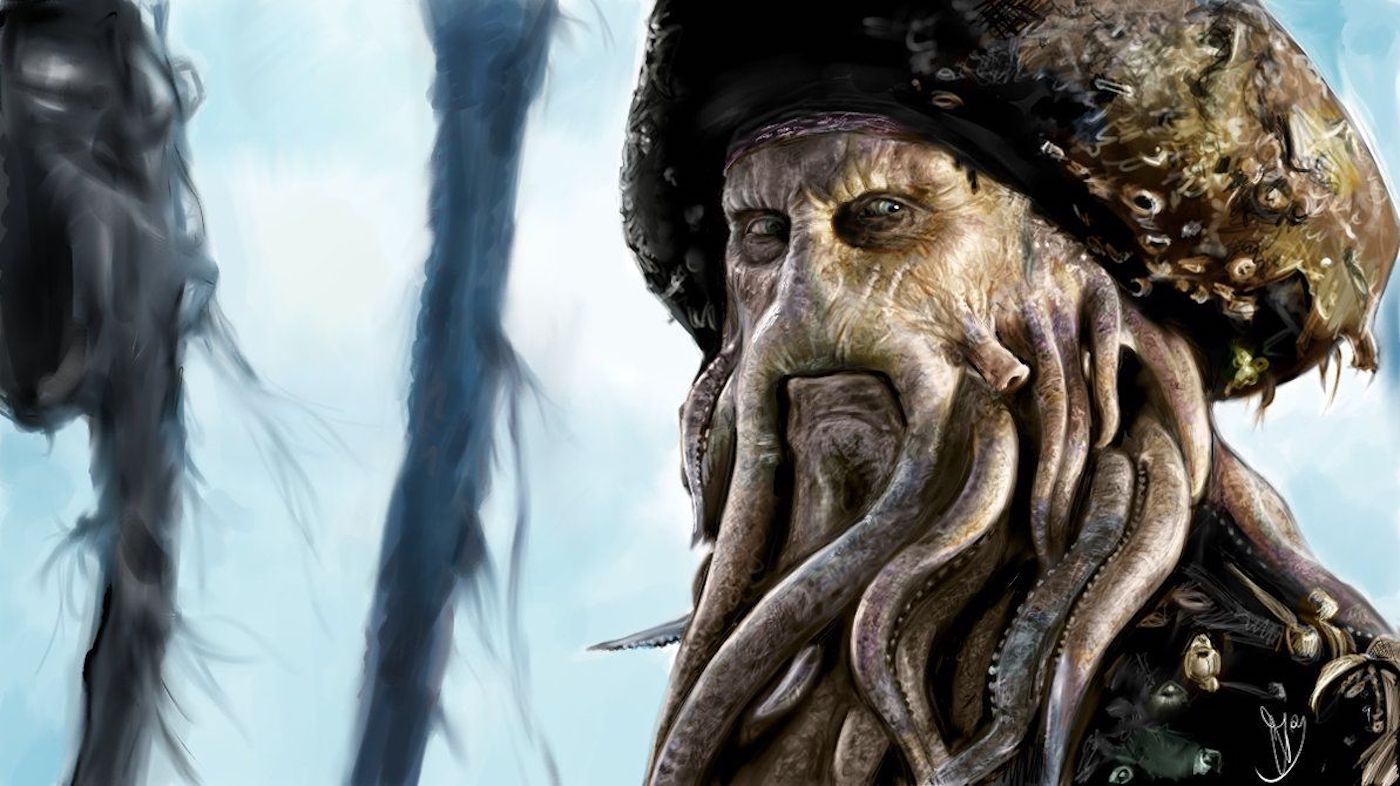
Davy. Jones. That’s it. Pirates of the Caribbean: Dead Man’s Chest scores a high spot on this ranking just for how well-realized that motion-capture character is. Let alone the dazzling imagery of the rest of the film.
2. The Lord of the Rings: The Fellowship of The Ring (2001 Winner)
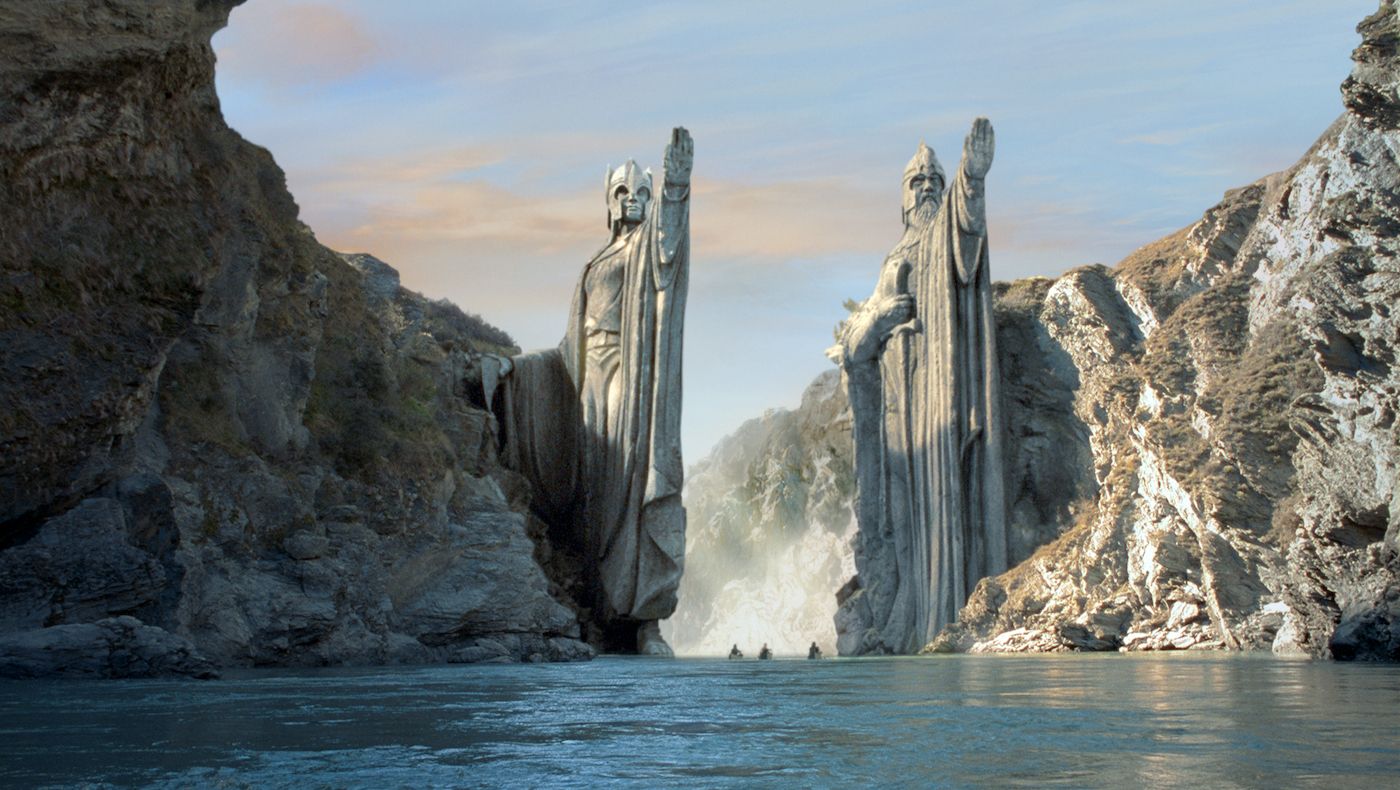
The very first installment in this Lord of the Rings series makes even heavier usage of stripped-down practical environments than its successors. The result is a movie that uses subtle VFX trickery (like the tools used to make normal-sized actors seem Hobbit-sized) to craft a tale that’s as cozy as it is exciting. Who says visual effects have to solely be used to depict explosions and brutal violence?


التعليقات على الموضوع